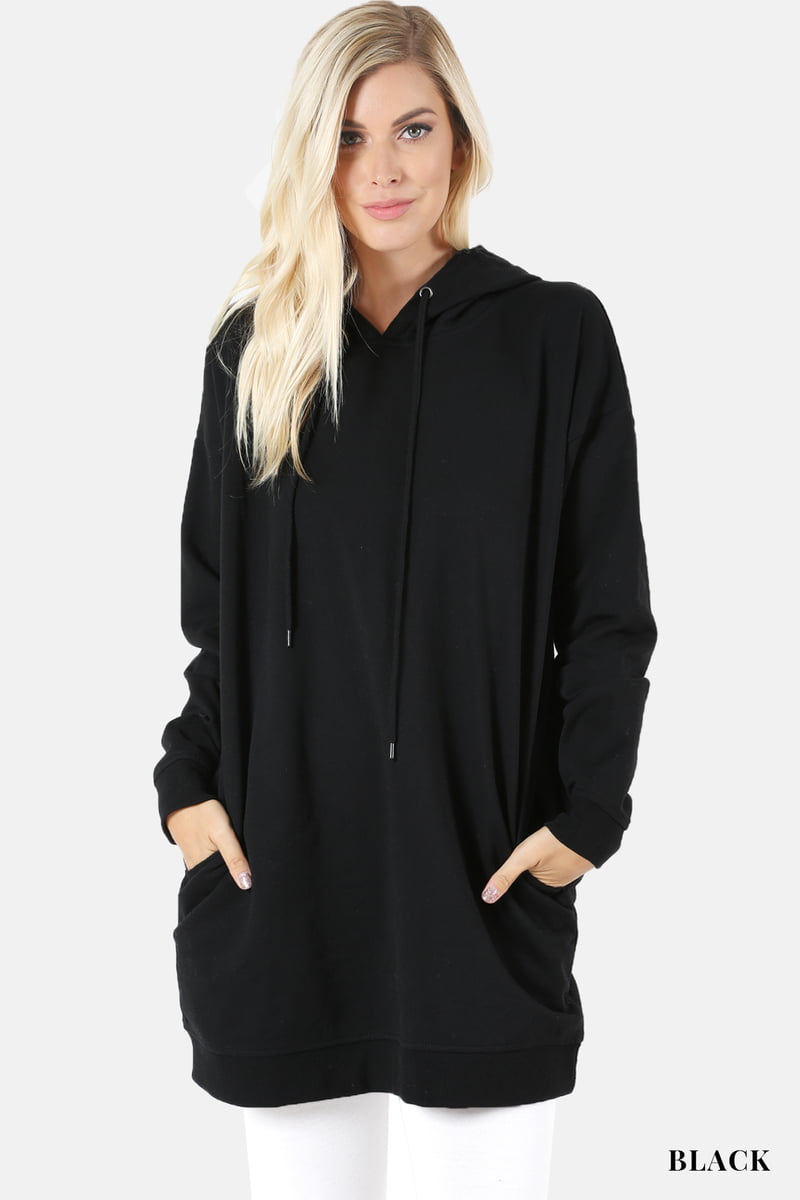Sweatshirts are long-sleeved garments composed of cotton-rich fabric. They are generally worn as casual clothing, and are not as formal as sweater s or cardigans. They do not usually have an or hood. If you're thinking of buying a sweatshirt, here are some tips:
Norma Kamali spread the appeal of sweatshirts
Since the end of the 70s In the late '70s, Norma Kamali has transformed the basic sweatshirt into a work of art. Her designs are now an essential part of all women's wardrobes. Her unique styles include a tummy-tucking team neck , to leather paneled sweatshirts. She also has created clothes with unusual designs, like a tank top with a long trumpet skirt.
The collaboration with the brand and the manufacturer of sweatshirts Everlast led to her Timeless line, which was extremely popular when it debuted in Spiegel's spring 2006 catalog. The collection offered convertible and interchangeable knits in classic shapes, and many pieces were priced at less than $20. Even the The Norma Kamali Timeless collection was not available in stores, buyers were able to find the pieces through eBay as well as Poshmark.
Merino wool sweatshirts feel more comfortable than soft sweatshirts

Merino wool is renowned for its moisture-wicking capabilities that help keep you comfortable and dry. Merino wool is an organic fiber and also has a smoother feel. The fabric also dries quickly in comparison to other natural material. In addition, it is a sustainable resource. Merino sheep shed their coats each year, and then grow new coats.
Merino's weight-to-heat ratio is high, and the warmth of wool is what makes it a popular choice for sweatshirts. It helps to regulate the body's temperature because of its loft that naturally holds heat in the fibers. This is the reason Merino wool sweatshirts are perfect for outdoor and summer activities like mountain biking, hiking, and running. The warmth it provides helps keep the wearer cool and dry, which is important when working out.
Zip-front hoodies come with a kangaroo pocket
Kangaroo pocket hoodies are a popular style of hoodie. These hoodies have a large pocket at the front which helps keep your hands warm during cold days. They are also more practical than traditional pockets, since they allow your hands to slide into and out effortlessly.
Kangaroo pockets are typically large enough to hold the wallet, or other small personal items. They're usually large enough to accommodate a small hand, and can even be wide enough to fit two hands. They are wide on either side , and are ideal for carrying small items.
French Terry fabric is a popular fabric for sweatshirts.
The French Terry fabric is composed of soft yarns knit into loops and are typically medium-weight. It is also known because of its capacity to absorb away moisture and is pre-shrunk. French terry is a great option for sweatshirts as it will keep you warm when you require it and keeps your cool when you want to cool down.
French Terry is also very popular for casual wear, as it is stretchy and has enough flexibility to feel comfortable when you touch your body. It also allows air to circulate through the fabric, making it ideal for layering underneath other clothes. Furthermore, since it is lighter than other sweatshirts that you can wear throughout the year without feeling either cold or hot.
Hoodies are classy and have a connotation of class.
While it could appear that hoodies are simply an appropriate clothing item for people of the working class but the truth is that they have a classist connotation. Hoodies first became used in the early 1970s , in New York, where graffiti artists wore them to hide their identities. In 1976, hoodies made their major movie debut with "Rocky," when the working-class title character wore hooded gray sweats on his memorable climb up the steps of the Philadelphia Museum of Art.
Hoodies are often linked to death, destruction, and other undesirable things, and yet they can also be used for practical reasons. For instance, monks and priests can wear hoods to demonstrate modesty and inward focus.
